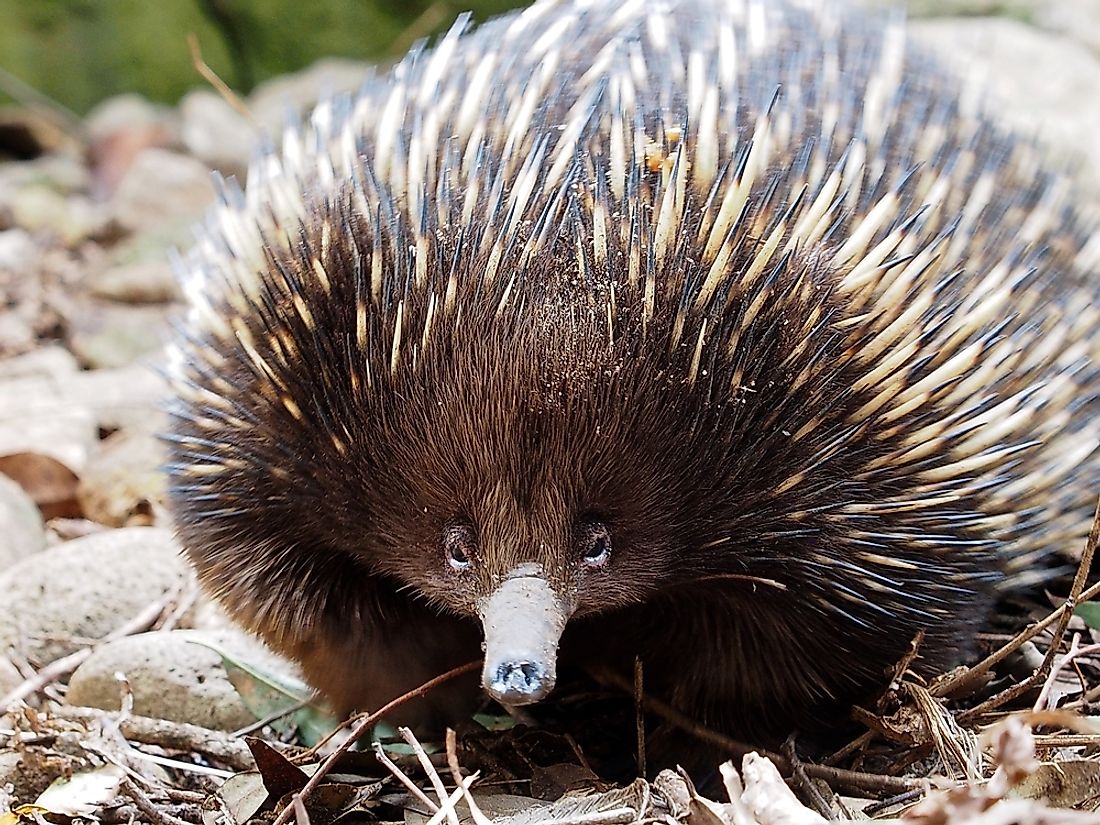6 More of the World's Strangest Animals

6. Pangolin

A pangolin is the only mammal which is covered in scales. According to the African Wildlife Foundation, the scales make up to 15% of its weight. Whenever a pangolin is threatened, it curls itself into a tight, impenetrable ball. Since it does not have teeth, a pangolin cannot chew its food. Instead it has keratinous spines in its stomach to help grind the food. Pangolins have shockingly long and sticky tongues. In fact their tongues are longer than their bodies and head combined. They are anteaters who can consume up to 20,000 ants daily. Pangolins are found in sub-Saharan Africa and Asia.
5. Mantis Shrimp

The mantis shrimp is not a shrimp as the name suggests. It is a crustacean closely related to crabs and lobsters. It closely resembles praying mantis, hence the name “mantis”. Mantis shrimps have the ability to communicate with one another using secret codes. They do this by engaging areas in their bodies called maxillipeds and the spots of color on their appendages. Furthermore, the mantis shrimp have very colorful bodies. They also have unique eyes with 16 photoreceptive cones compared to the three photoreceptive cones in the human eye.
4. Platypus

The platypus is a semi-aquatic mammal which is duck-billed and has a beaver-like tail. Instead of giving birth like most mammals do, the female platypus lays 2-4 eggs which take two weeks to hatch. Platypus is a great swimmer with the ability of staying under water for about 30 seconds. Strangely, platypuses close their ears and eyes while under water. Then they use their sense of electroreception to detect and catch their prey. The platypus hunts water rats, owls, snakes, and crocodiles for food. Male platypuses produce toxic venom which they use against their predators. Platypuses inhabite rivers in the eastern part of Australia.
3. Dugong

The dugong is a marine animal which is often called the “sea cow”. It is mostly found in warm coastal waters of Japan, East Africa, Australia, and the Philippines. The dugong is closely related to an elephant in as much as it flippers like a whale. It is a vegetarian, with a large mouth adapted to feeding on the sea grass. Dugongs breathe using their lungs and so they come up to the water surface every six minutes to breathe oxygen. Only male dugongs develop tusks during puberty which is between age 12 and 15 years. The main predators of dugongs are killer whales, sharks, and crocodiles. Otherwise, they can live up to 70 years if reared in protected areas with enough food.
2. Echidna

The echidna is the oldest surviving animal on earth. It is a monotreme, just like the platypus. This means that it is an egg-laying mammal. Echidnas are found in the highland and desert areas of New Guinea, Australia, and Tasmania. They have a tiny face, small eyes, and a long nose commonly referred to as a beak. They also have spines resembling those of porcupines and are toothless. They use their long and sticky tongues to feed on their prey. Echidnas’ acute sense of smell and hearing has been a major reason for their survival for many years.
1. Naked mole rat

The naked mole rats are one of the most bizarre animals in the world. Scientists have proven that they can survive for 18 minutes without oxygen. They survive for that long because of their ability to switch from the glucose-based to fructose-based metabolic systems. The latter does not require oxygen to produce energy. Interesting, right? The naked mole rat is also immune to chronic pain, tumors, and irritation from chilli peppers. Furthermore, they are cold-blooded, unlike most mammals that are warm blooded. The world’s oldest naked mole rat died at age 32.











